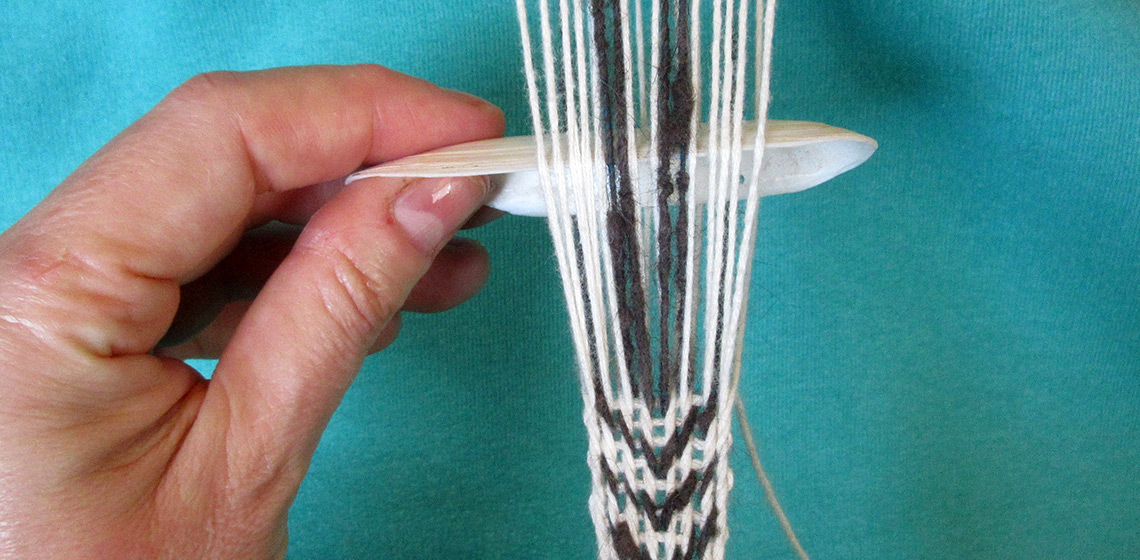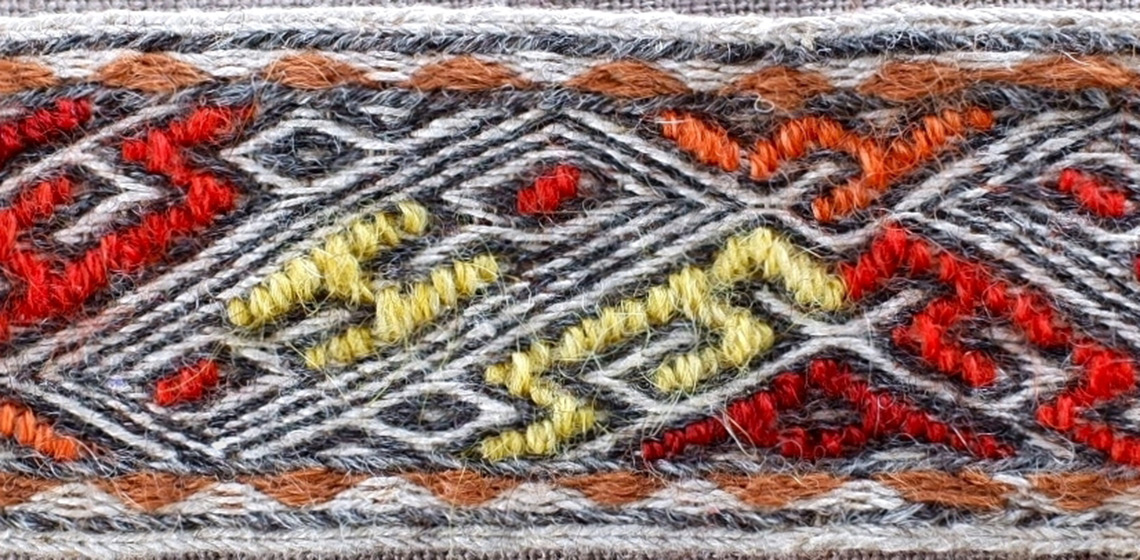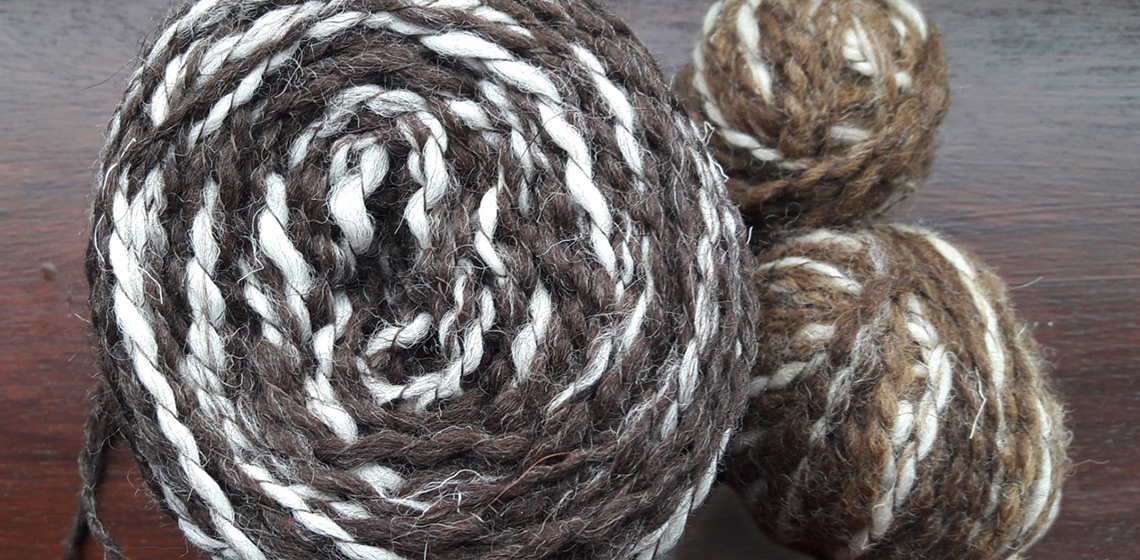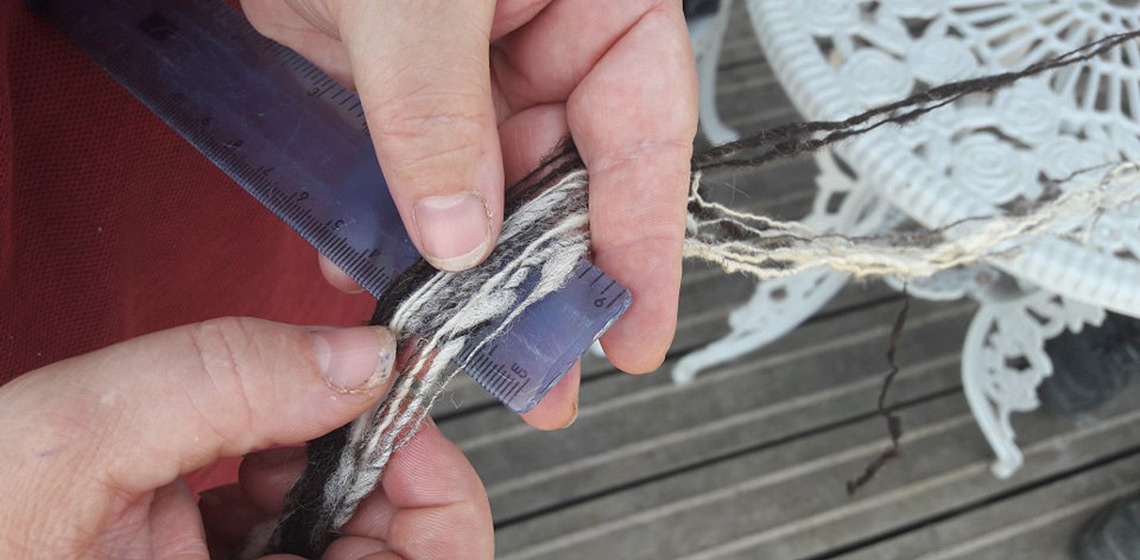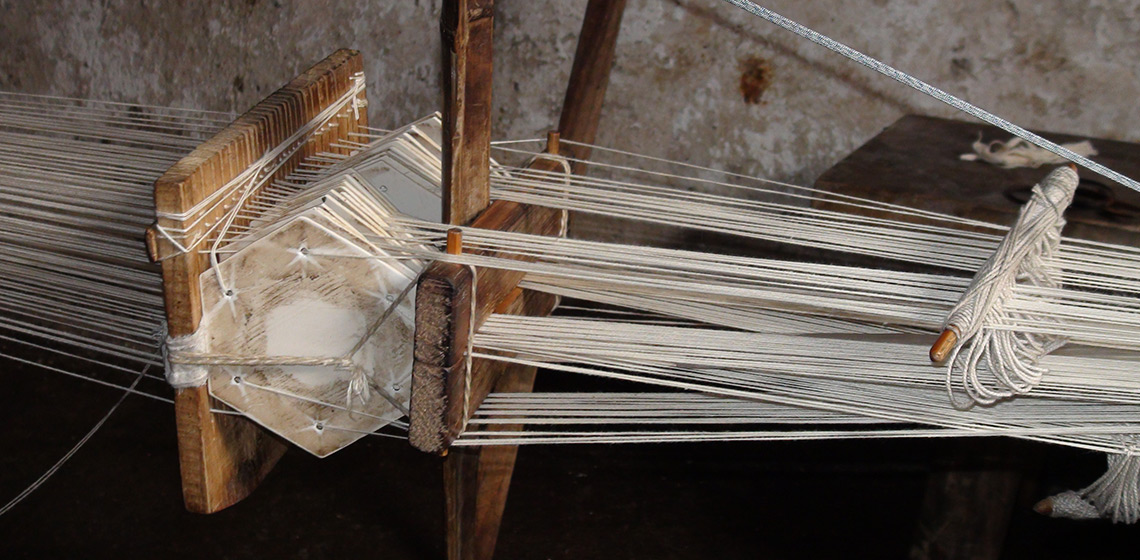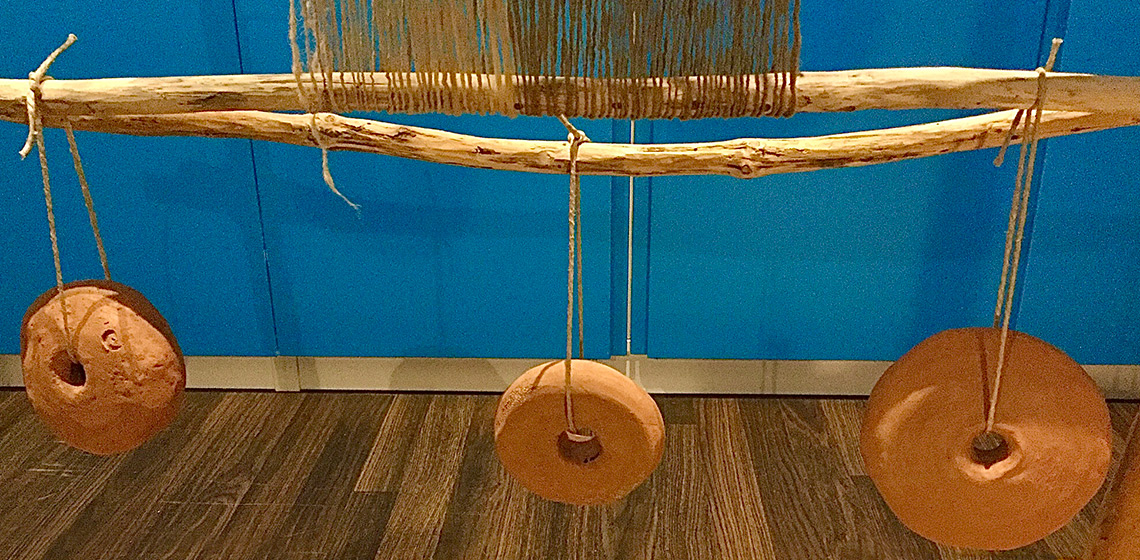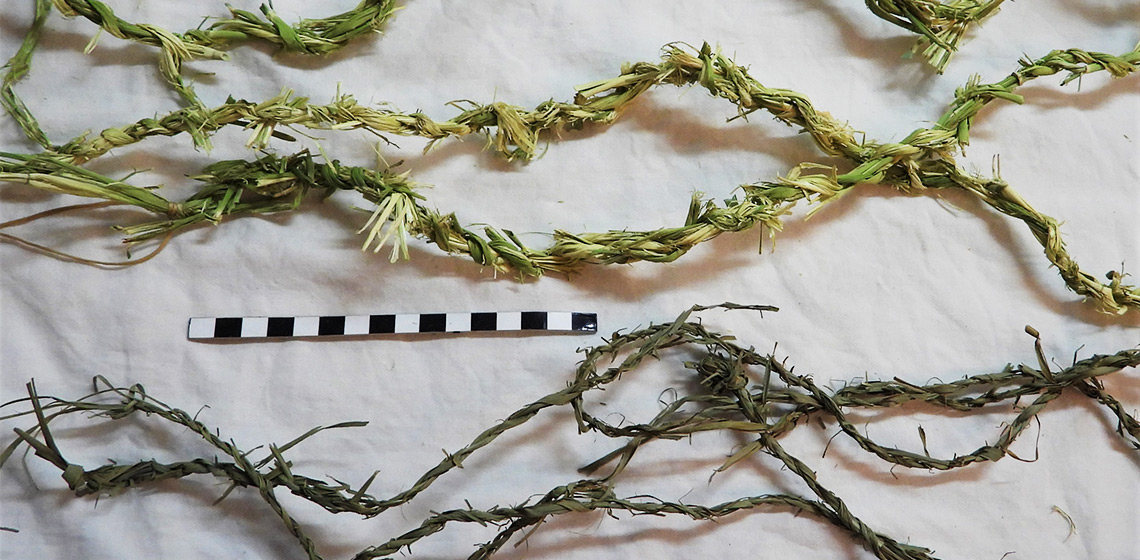weaving
Function Follows Form: Assessing the Functionality of Shells and Greenstone Shell Effigies as Formative Period Mesoamerican Textile Fabrication Tools, Part 1: Tagelus plebeius Atlantic Stout Razor Clam Shells
Review of the Research
Scholarship of the past century has demonstrated that textiles have long played an important role in Mesoamerica, from the Classic period (AD 250-900) through contemporary cultures.
A Tablet Woven Band from the Oseberg Grave: Interpretation of Motif and Technique
Introduction
The textile fragments from the Oseberg tomb (834 AD) in Norway are considered the world's largest and most important textile finds from the Viking Age. Among the textiles, 48 tablet-woven bands were identified and roughly divided into five categories by Margareta Nockert: I) Brocade, II) Tabby, III) Mixed I and II, IV) Ready threaded and V) Three or more colours without brocade (Nockert, 2006, pp. 147-155).
A Discussion on the Position of Weaving in the Society of Prehistoric Britain
Just how practical is it to Move a Warp-weighted Loom from between the Interior and Exterior of a Roundhouse?
Weaving Production in Butser Ancient Farm Roundhouses in the South of England
A Shared Warp: The Woven Belts of the Lao Han People, China
The renowned weaver Peter Collingwood briefly mentioned such belts in his book The Techniques of Tablet Weaving (Collingwood, 1982, pp.219-220). Not long before he died in 2008, he contributed a couple of pages on these belts to the book Minority Textile Techniques: Costumes from South-West China (Collingwood, 2007, pp.28-29).


